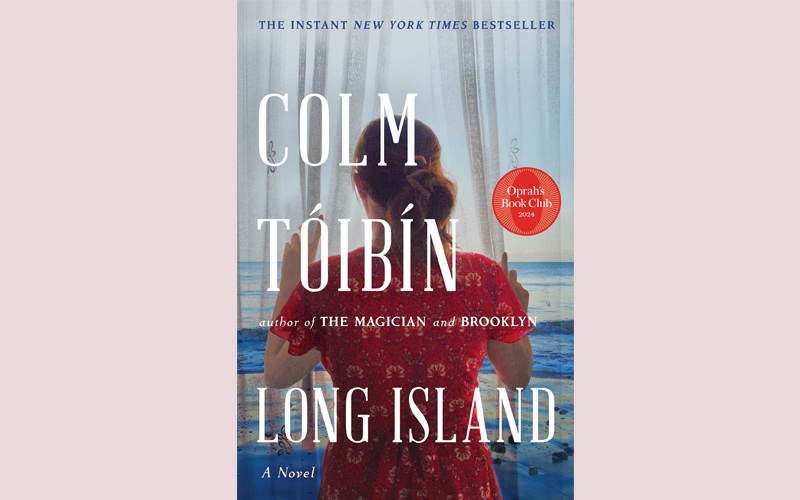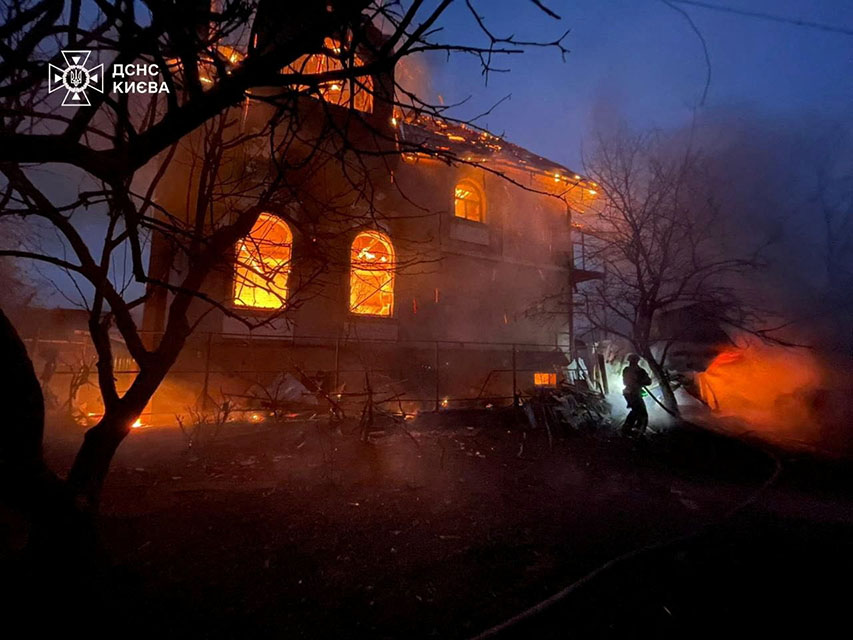Family saga bridges Ireland and New York
By Philippa Tracy
The protagonist in Colm Toibin’s earlier novel Brooklyn, Eilis Lacey, returns in Long Island as she navigates her post-war move from small-town Ireland to New York. In the first, she finds a job in a department store, takes bookkeeping classes at night, and meets Tony, an Italian American. She returns to Enniscorthy, her home town, once, to attend her sister’s funeral, but not before marrying Tony. During that summer trip she has a relationship with Jim Farrell, whom her mother considers a ‘good catch’. She thinks about staying and making a life with Jim. But ultimately, she beats a hasty retreat to Tony and New York when her marriage is discovered by a local gossip.
The drama in Long Island takes place in the 1970s. Eilis and her family are now part of the new middle-class exodus to the suburbs. She lives with Tony, a plumber, and their two teenage children, Larry and Rosella, in a small community of houses, unhealthily close to Tony’s large and domineering family. They appear to be living the American Dream until Eilis opens the door one day to a client of Tony’s, an aggrieved husband, who tells her that Tony’s plumbing is “so good” that his wife will be having a baby soon. And he will be dumping “the little bastard” at Eilis’ door. This creates the dramatic tension that draws the reader in straight away. Eilis questions herself. Is she too ready to “believe the worst of a man to whom she had been married for more than twenty years.”
The response from Tony and his family is partly what drives Eilis to return to Enniscorthy, 20 years after her last visit. Her mother’s impending 80th birthday is a convenient excuse and this time her children go too. Once there, Eilis is no clearer about her future than she was in America. She feels equally isolated and oppressed by the lack of freedom in this small town. That is until she re-connects with Jim, unaware that he has secretly been conducting an affair with her former best friend Nancy. Nancy, now a widow, and Jim plan to marry soon but the truth is that Jim is still, and always has been, in love with Eilis. Although somehow he fails to mention this. The story unfolds slowly and movingly, told through the inner lives of Eilis, Jim and Nancy.
In an interview, Toibin, said that the “intimacy offered by a small town can appear as suffocating nosiness and claustrophobia. But it can also offer a sense of intense belonging.” Both novels are about one woman, her ‘ordinary’ experiences and the choices she makes. Enniscorthy suffocates Eilis in ways that her marriage and life in America also do. The novel is about love, the concept of home, the experience of leaving and what it means to belong. It is beautifully written and there is pathos in every scene. None of the main characters can ever truly express what they mean. It is not just Eilis’ inability to express her deepest feelings for Jim, but also for her mother. She has no idea that her mother has kept all the photographs she has been sending every month for years, because she never acknowledged them. But she has them all, filed and dated, and through the pictures, she tells Eilis and Rosella, “I watched you all growing up.”
There is no need to read Brooklyn first, but I highly recommend reading both.







Click here to change your cookie preferences